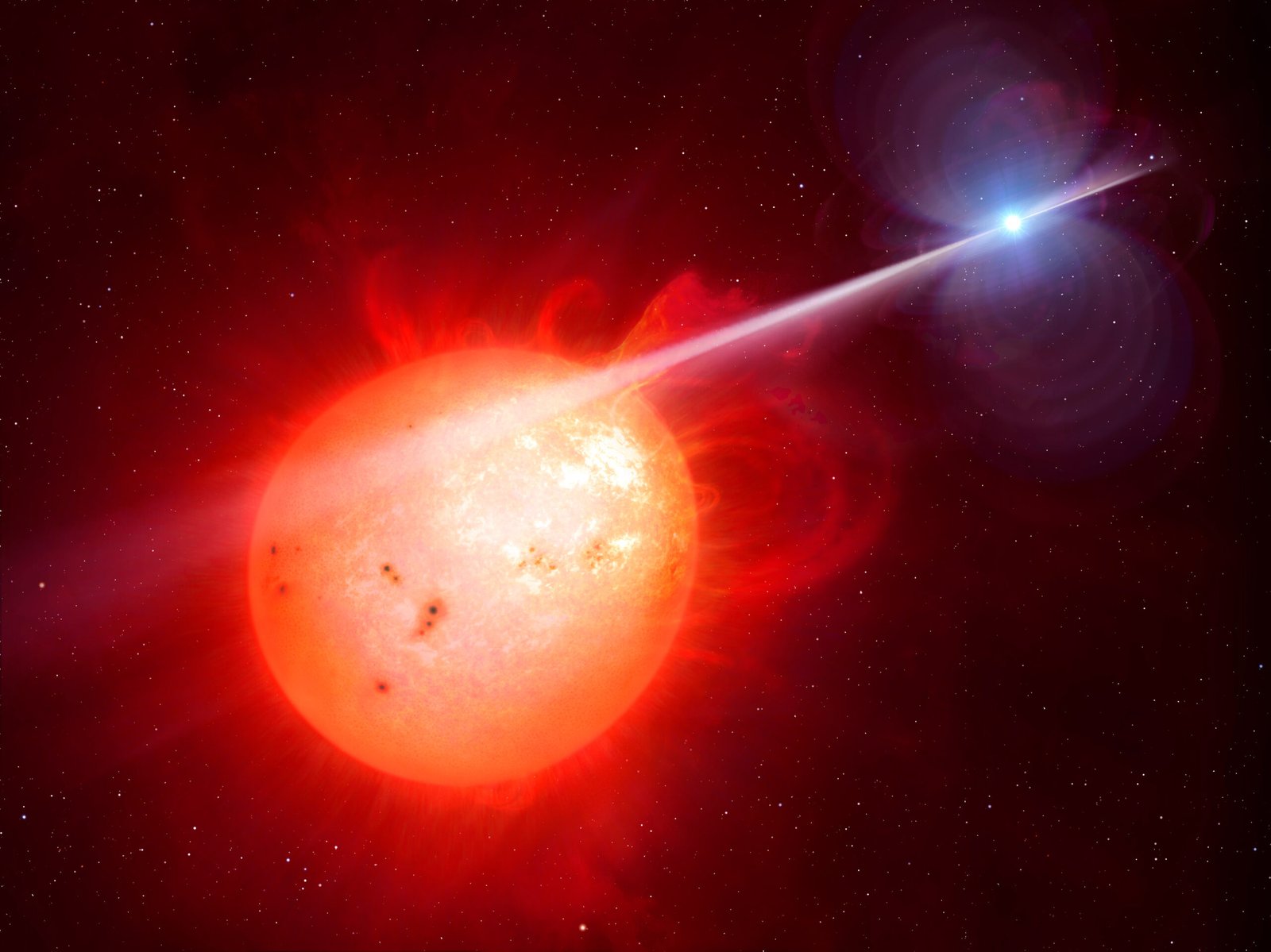Dark matter. Just the name itself evokes a sense of mystery and intrigue. It is an enigma that has puzzled scientists for decades, and yet, it remains one of the most fascinating subjects in the realm of astrophysics. Imagine an invisible substance that makes up about 27% of the universe, yet cannot be seen or directly detected. This is dark matter. It is the unseen scaffolding that holds galaxies together, influencing the structure and evolution of the universe.
What Exactly is Dark Matter?
Dark matter is a non-luminous component of the cosmos. Unlike stars or planets, it does not emit, absorb, or reflect light, making it completely invisible to current astronomical instruments. Scientists infer its existence from the gravitational effects it exerts on visible matter, such as galaxies and galaxy clusters. Without dark matter, galaxies would not have enough mass to hold themselves together, suggesting its crucial role in the universe’s architecture.
The Discovery of Dark Matter

The journey to uncover dark matter began in the 1930s with Swiss astronomer Fritz Zwicky. He observed that galaxies within the Coma Cluster were moving too fast to be held together by the visible matter alone. This led him to propose the existence of an unseen mass, which he termed “dark matter.” Although initially met with skepticism, Zwicky’s findings laid the groundwork for future research into this mysterious substance.
How Do We Know Dark Matter Exists?
While dark matter itself remains elusive, its presence is felt through its gravitational pull. One of the most compelling pieces of evidence comes from observations of galaxy rotation curves. Stars at the edges of galaxies rotate at speeds that suggest more mass than what’s visibly present. Additionally, gravitational lensing, where light from distant objects is bent around massive bodies, indicates the presence of unseen mass—dark matter.
What is Dark Matter Made Of?

The composition of dark matter is one of the biggest mysteries in physics. While ordinary matter is made of atoms, dark matter is thought to consist of exotic particles not yet identified. Candidates include Weakly Interacting Massive Particles (WIMPs) and axions. Despite numerous experiments, these particles have yet to be detected, leaving the true nature of dark matter an open question.
The Role of Dark Matter in Galaxy Formation

Dark matter is fundamental to the formation and growth of galaxies. In the early universe, it acted as a gravitational “glue,” pulling together gas and dust to form the first stars and galaxies. Its influence is visible in the large-scale structure of the universe, with galaxies and galaxy clusters forming along dark matter filaments. Without it, the universe would look vastly different from what we see today.
Dark Matter and the Cosmic Web

The universe is interconnected by a vast cosmic web, a network of dark matter filaments stretching across the cosmos. These filaments act as highways for galaxy formation, guiding the distribution of matter in the universe. Observations of the cosmic web provide insight into the role dark matter plays in shaping the universe’s large-scale structure, illustrating its pervasive influence.
Challenges in Detecting Dark Matter

Despite its significant presence, dark matter remains undetectable by traditional means. Scientists rely on indirect methods, such as observing gravitational effects, to study it. Numerous experiments, both on Earth and in space, aim to directly detect dark matter particles. However, the lack of definitive results highlights the challenges and complexity of studying this elusive substance.
Theories and Models of Dark Matter

Several theories attempt to explain dark matter, ranging from modifications of gravity to the existence of new particles. The most widely accepted model is the Lambda Cold Dark Matter (ΛCDM) model, which suggests that dark matter is cold, slow-moving, and interacts weakly with ordinary matter. This model successfully explains many cosmic phenomena, but the search for a complete understanding continues.
Dark Matter’s Impact on Modern Physics

The study of dark matter has profound implications for modern physics. It challenges our understanding of the fundamental forces and particles that govern the universe. Unraveling the mystery of dark matter could lead to groundbreaking discoveries in particle physics, cosmology, and beyond. It represents a frontier in science, pushing the boundaries of human knowledge.
The Future of Dark Matter Research

The quest to understand dark matter is ongoing, with new technologies and experiments on the horizon. Projects like the Large Hadron Collider and space-based observatories aim to shed light on this enigmatic substance. As scientists continue to explore the universe, the hope is that dark matter will eventually reveal its secrets, offering insights into the fundamental nature of reality.
In conclusion, dark matter remains one of the greatest mysteries of modern science. Its invisible presence shapes the universe in ways we are only beginning to understand. As research progresses, the pursuit of dark matter not only drives scientific inquiry but also captivates the imagination, inspiring future generations to explore the unknown.




